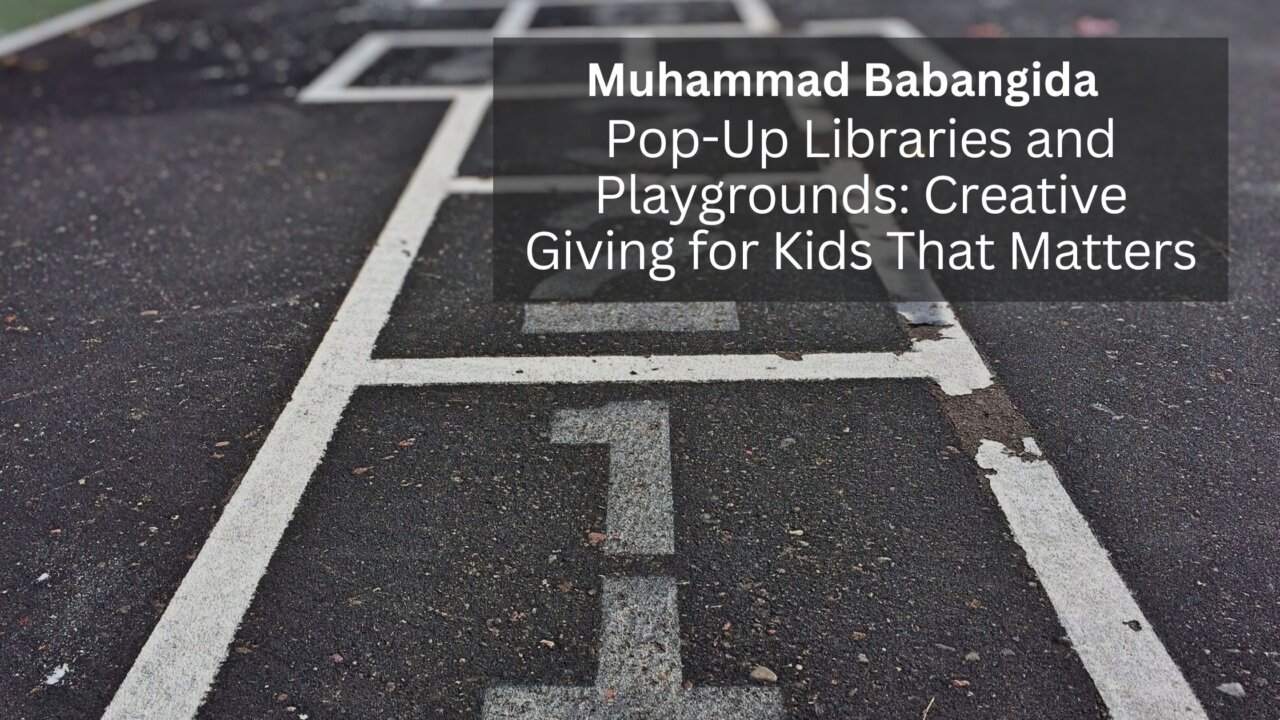In today’s fast-paced, digitally saturated world, creating meaningful spaces for children to learn, play, and grow has never been more crucial. Enter pop-up libraries and playgrounds—temporary, flexible installations designed to bring books, imagination, and movement directly to communities in need. These innovative initiatives are redefining what philanthropy looks like for children and their families.
Unlike traditional institutions, pop-up libraries and playgrounds don’t require massive infrastructure or long-term construction. They’re agile, community-focused, and often volunteer-powered, making them accessible and impactful. Whether it’s a mobile book van visiting rural towns or a foldable jungle gym set up in an urban lot for a weekend, these spaces meet kids where they are—and spark curiosity, creativity, and connection.
Pop-up libraries provide more than just books. They create a shared environment where literacy becomes a community activity. Children get to choose what they want to read, interact with storytellers, and participate in arts and crafts, transforming reading from a solitary task into a joyful experience. This not only builds early literacy skills but also fosters a lifelong love of learning.
Similarly, pop-up playgrounds are a breath of fresh air—literally and figuratively. They offer opportunities for physical activity, collaboration, and sensory development, especially in areas where permanent recreational spaces are lacking. For children, these spaces are an invitation to explore, socialize, and build confidence through play.
What makes these initiatives particularly powerful is their grassroots nature. Local nonprofits, schools, churches, or even families can organize them with modest funding and a strong sense of purpose. They also provide unique volunteer opportunities for teenagers, retirees, and professionals to give back in meaningful, hands-on ways.
Moreover, these pop-ups often act as catalysts for community cohesion. Parents gather, neighbors connect, and conversations emerge around broader issues like education, safety, and equity. A pop-up might be temporary, but the relationships it nurtures and the inspiration it sparks can last far longer.
Conclusion:
Pop-up libraries and playgrounds are proof that creative giving doesn’t have to be complicated or expensive to make a difference. When we invest in children’s learning and play—no matter how small or temporary the setup—we’re investing in brighter futures. Because sometimes, all it takes is a book, a swing, and a safe space to remind kids (and adults) that they matter.
